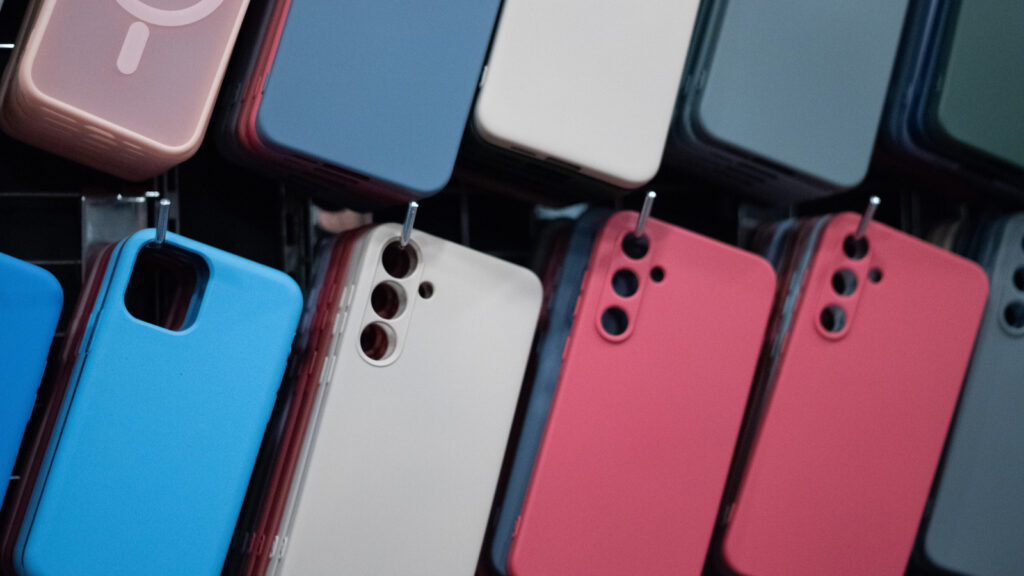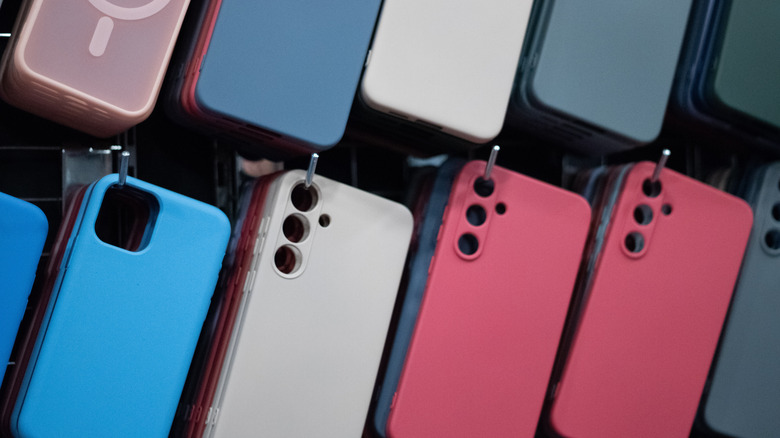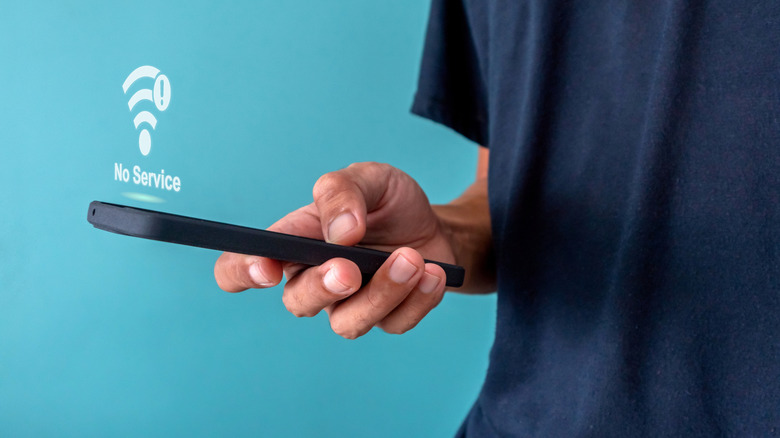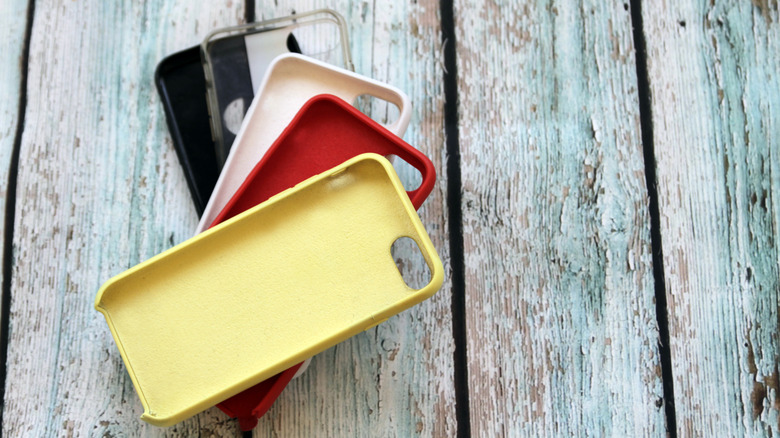With many smartphones costing upwards of $1000 (and even budget phones costing several hundred dollars), most of us want to do all we can to protect our investment. A common way to do that is to buy a phone case from a reputable brand. These cases promise to keep our phones free from dings, scratches, and accidental drops that so commonly happen when we go about our daily lives. While there are many ways to protect your smartphone without a bulky case, phone cases are so good at what they do that they’ve become a must-have, with many of us buying them at the same time we buy a new phone.
Advertisement
While you may think about things like durability when picking out a new case, questions about how it’ll affect your Wi-Fi and cellular signal might not come to mind. Even if you’ve had trouble connecting to a Wi-Fi network or picking up a cellular signal, you probably don’t immediately blame it on your phone case. And you’d be correct — phone cases generally don’t have any effect on your phone’s ability to connect to Wi-Fi or cellular networks. That being said, there are some exceptions to this, and it has a lot to do with the material used to make the case and its design. If you suspect your phone case interferes with your signal, try removing it to see if your connection improves. If it does, your case may be at fault.
Advertisement
How a phone case’s material can affect your Wi-Fi and cellular signal
When your phone is tucked snugly inside its case, you know it has an extra layer of protection against drops, scratches, and whatever else might befall it as you go about the day. While that extra layer is great for keeping your phone safe, in some cases, it can interfere with its Wi-Fi or cellular signal. Manufacturers use two types of materials to make phone cases: non-conductive and conductive. Plastic, silicone, and leather are non-conductive materials and generally won’t interfere with your phone’s Wi-Fi or cellular reception.
Advertisement
However, if your phone case is made of conductive materials like aluminum or titanium, you may run into problems. While cases made of metal can provide heavy-duty protection for your phone, since they’re conductive, they can disrupt signal reception, resulting in weaker cellular, Wi-Fi, and Bluetooth connections. In some cases, these materials can block signals altogether. That’s because these materials act as a barrier, making it harder for radio waves to reach your phone’s antenna, which can reduce the strength of your signal.
How a phone case’s design can affect your Wi-Fi and cellular signal
From wallet cases for Android to MagSafe cases for iPhone, there’s a lot of choice when it comes to buying a case to protect your phone. While cases made of conductive materials can wreak havoc on your phone’s signals, the design of the case itself can also cause problems. Just like conductive materials can prevent radio waves from reaching your phone, a poorly designed case (even if it’s made of non-conductive materials) can interfere with your phone’s signal by covering or obstructing its antenna.
Advertisement
If you need to buy a rugged case for extra durability, the thick material shouldn’t affect your Wi-Fi or cellular signal as long as it’s made of non-conductive material. However, for the best reception, your best bet is to buy a phone case with a thin design. When choosing a phone case, remember that your phone relies on antennas to send and receive signals from cell towers, using radio waves to keep you connected. If something gets in the way, it can weaken or even block your connection.
That’s why antenna line design is so important. An antenna line is a small opening that lets radio waves pass through your phone’s case, helping it maintain a strong signal. If you have your heart set on buying a metal phone case, you want to be sure its design includes antenna lines. These plastic lines on the phone case help prevent dropped calls, slower data speeds, and weak Wi-Fi connections when the case is made of a conductive material like metal.
Advertisement






